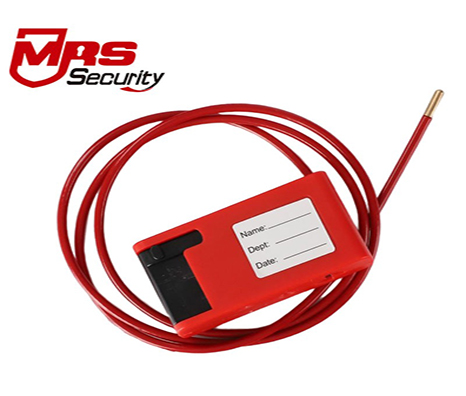Cable lockout is a safety lock primarily used in industrial safety management for the Lockout/Tagout program. Its purpose is to ensure that equipment is not mistakenly operated or started during maintenance, repair, or debugging to prevent accidents and ensure the personal safety of maintenance personnel. The design of cable locks allows them to be suitable for various locking points, including but not limited to electrical switches, valves, and other mechanical equipment.
Cable lockout typically include a flexible steel cable and a lock body. One end of the steel cable is fixed to the lock body, while the other end passes through the locking point of the device that needs to be locked, and then returns to the lock body and locks it. This design makes cable locks very flexible and can adapt to various shapes and sizes of locking points, especially in situations where traditional padlocks are difficult to adapt.
The application scenarios of cable lockouts are very wide, such as:






GET A QUOTE
Talk to Our Expert